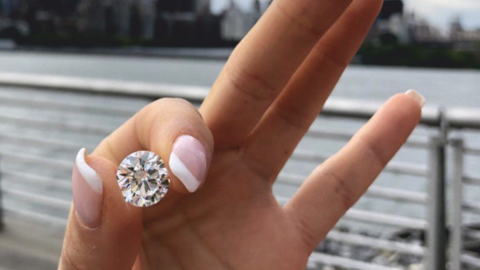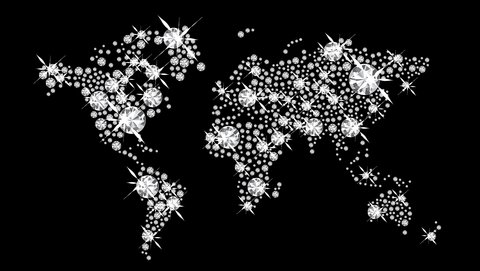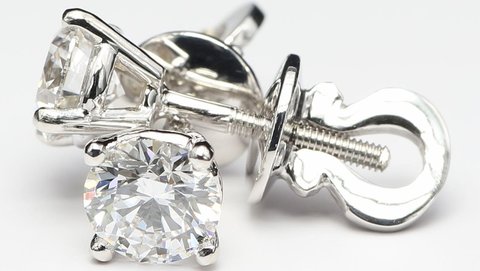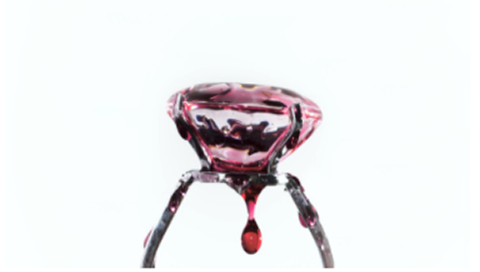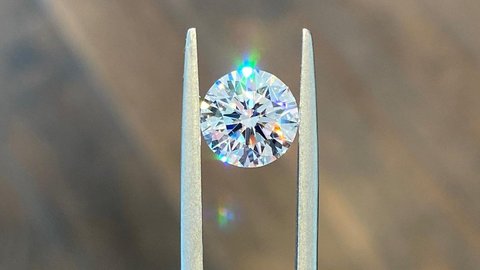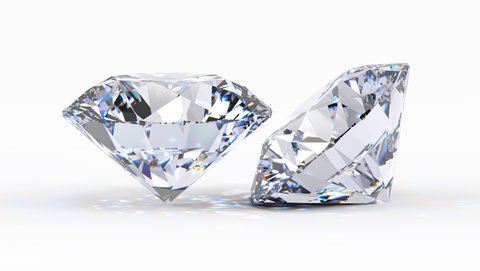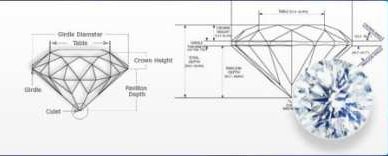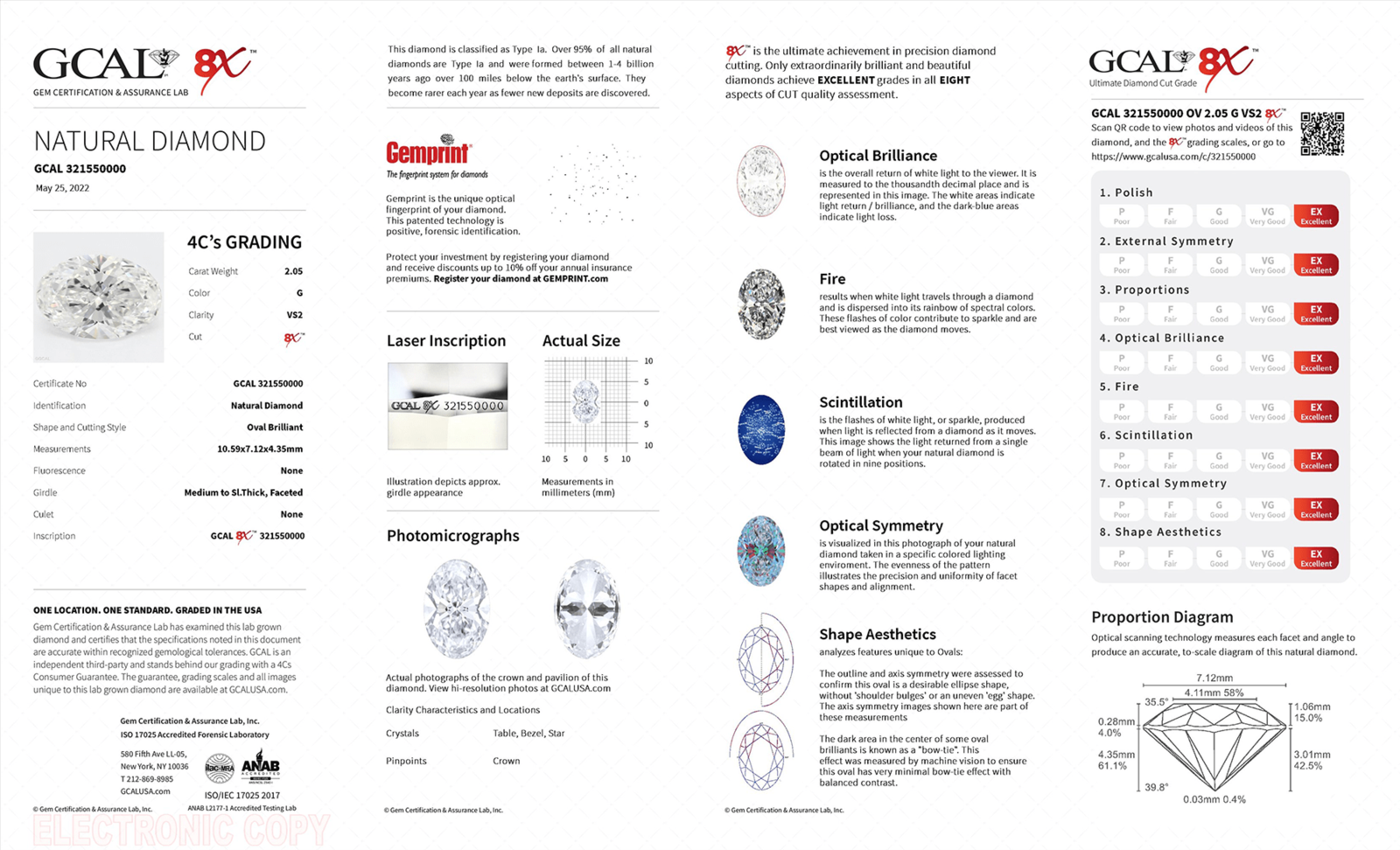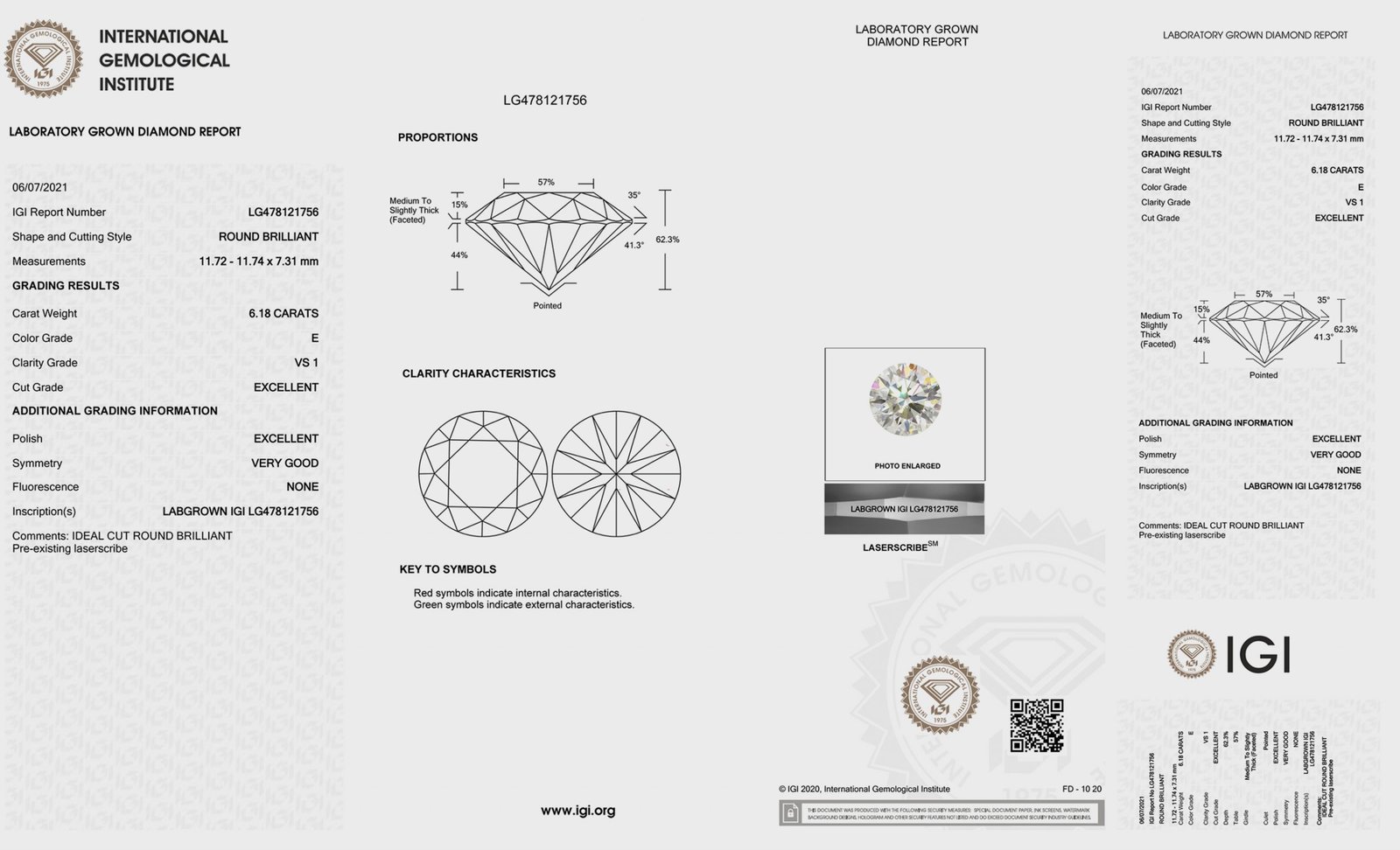GCAL vs IGI Lab-Grown Diamonds
Diamond certificates are used to validate a diamond's attributes, which affect its overall value. Gemologists from third-party organizations assess cut, color, and clarity because the average buyer may not be able to tell the difference.
There are many types of certifications that make diamonds pure and valuable. An overview of each laboratory, differences in their grading systems, and tips for selecting the ideal lab-created diamond are covered in this comparison.
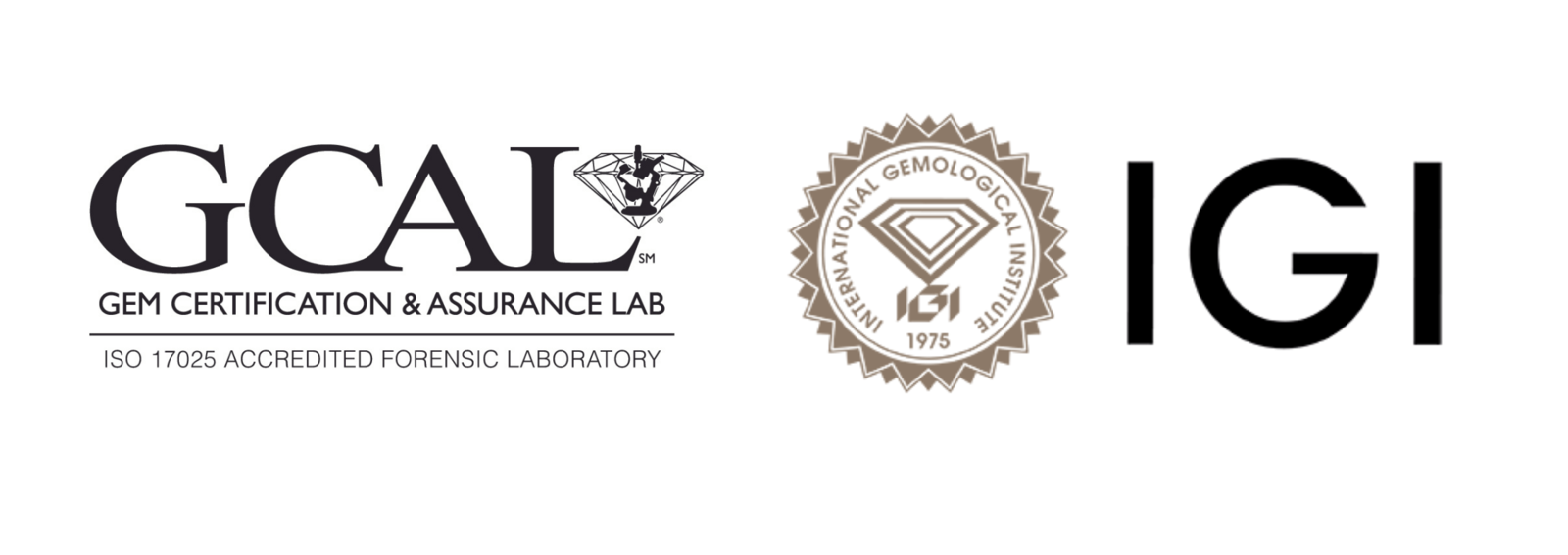
GCAL Certified Diamonds
Established in 2001, GCAL is based in New York City and is renowned for its grading reports and certificates. Beyond this, the organization provides services to the jewelry industry, including testing precious metals, diamond inscription, and educational resources. GCAL offers identification and grading services for both lab-grown diamonds and mined diamonds.
IGI Certified Diamonds
IGI was founded in 1975 and has its headquarters in Antwerp, Belgium. Its location near the mined diamond sources has made it well-known. With 18 laboratories globally, including in key locations like New York, Los Angeles, and Italy, IGI has established itself as a go-to certifier.
While IGI is renowned for its diamond certifications, similar to its competitors, it extends its services to include research and educational support for the jewelry industry. The organization provides grading services not only for mined diamonds but also for lab-grown diamonds and colored diamonds. Additionally, IGI conducts hearts and arrows analysis, adding an extra dimension to its comprehensive evaluation of diamonds.
How GCAL and IGI Differ?
GCAL and IGI operate as competitors, offering similar services but with distinctions in their reputation and approach to diamond reporting. Here are notable differences for consumers to consider:
1. Association with Large Retailers
IGI is recognized for certifying diamonds for major jewelry chains in the United States and Canada. When browsing online or in physical locations, these retailers often feature the accompanying IGI report.
2. Clarity Characteristics
Clarity is a crucial aspect of a diamond's quality, as inclusions can impact its overall appearance and light performance. IGI reports include a clarity characteristic plot, a visual representation of the lab-grown diamond's table and pavilion, indicating the location of inclusions. This is particularly helpful for ldb diamonds graded VS2 or higher. In contrast, GCAL reports provide information on clarity grade, inclusions, and their locations, but lack a detailed inclusion plot.
3. Assurance and Unique Guarantee
GCAL is different from other gemological labs because they guarantee their diamond certificates. GCAL stands behind its certificates, unlike some competitors who use disclaimers to avoid liability for errors in gemologists assessments.Grading a diamond involves a level of subjectivity. While carat weight is a straightforward measurement obtained by placing the diamond on a scale, factors like clarity and color are assessed on a spectrum, introducing a subjective element to the process.
Even among expert gemologists, there can be discrepancies in determining whether a diamond should be classified as VVS1 or VVS2 in terms of clarity.
Notably, institutions like the IGI include both Business-to-Consumer (B2C) and Business-to-Business (B2B) terms and conditions. For example, the B2C disclaimer says that the institution cannot be held responsible for differences in opinion caused by using alternative grading methods or techniques. This means that a diamond can get different grades from different companies like GCAL, HRD, or GIA.
By incorporating a money-back accuracy guarantee, GCAL elevates its diamond documents beyond mere reports. They can be regarded as certificates ensuring that the lab-grown diamond's color and clarity align with international standard grading practices.
4. Diamond Images
Positioned at the bottom of the central panel on a GCAL diamond report is an image showcasing the diamond's crown and pavilion. Magnified up to 10x, this image provides a nuanced view of the lab-grown diamond that differs from what is visible to the naked eye.
However, compared to the high-resolution images offered by many diamond retailers on their websites, GCAL's diamond image may seem less detailed. While the image on GCAL reports may not display inclusions like the clarity plot on IGI reports, it does contribute to providing an overall impression of the lab-grown diamond's appearance.
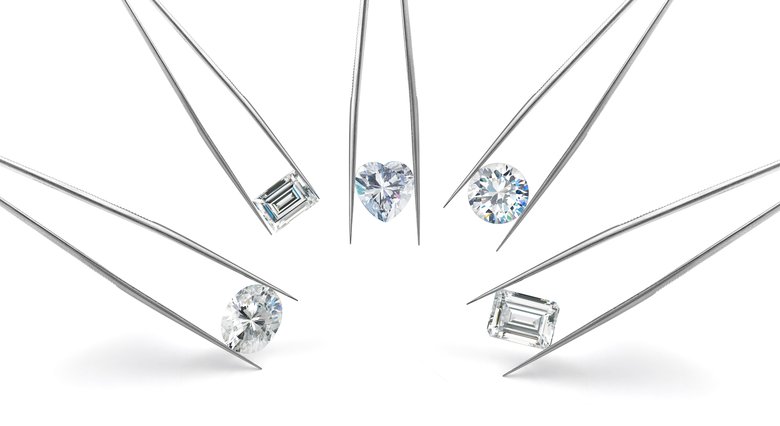
Get Access to Our Lab Diamond Database
Find Out About Prices and Availability Information
Choosing Between GCAL and IGI
Both GCAL and IGI can offer accurate assessments of a diamond's qualities. For lab-created diamonds, both IGI and GCAL are considered suitable choices.
To find the perfect diamond, it's advisable to purchase from a reputable retailer, either online or in person, ensuring that the diamond comes with an accompanying certificate. Evaluate the diamond in person or through high-resolution photos to make an informed decision.
Ultimately, instilling confidence in the value of your diamond is crucial, and opting for one with a GIA or GCAL report is a prudent step in that direction.


